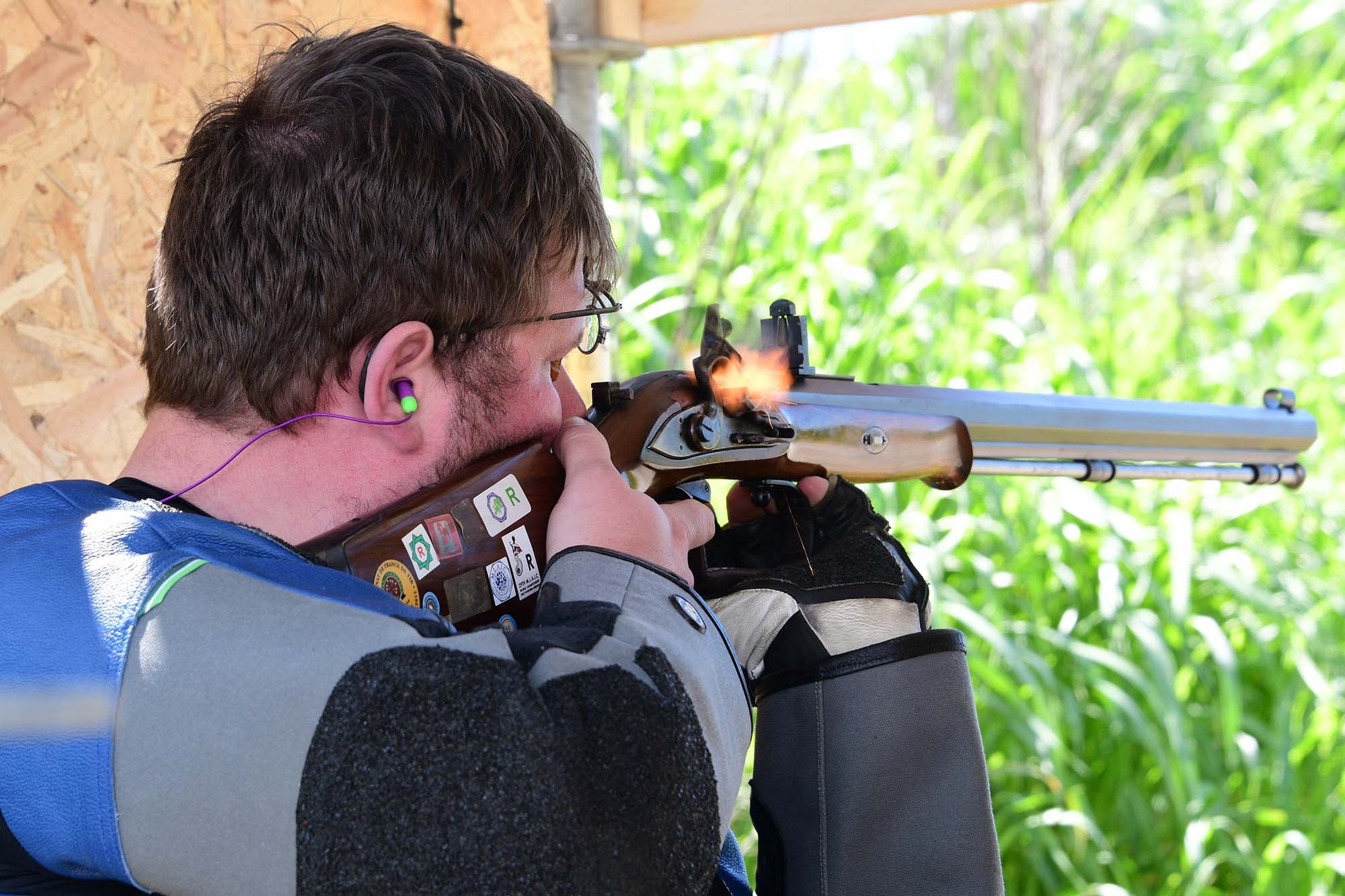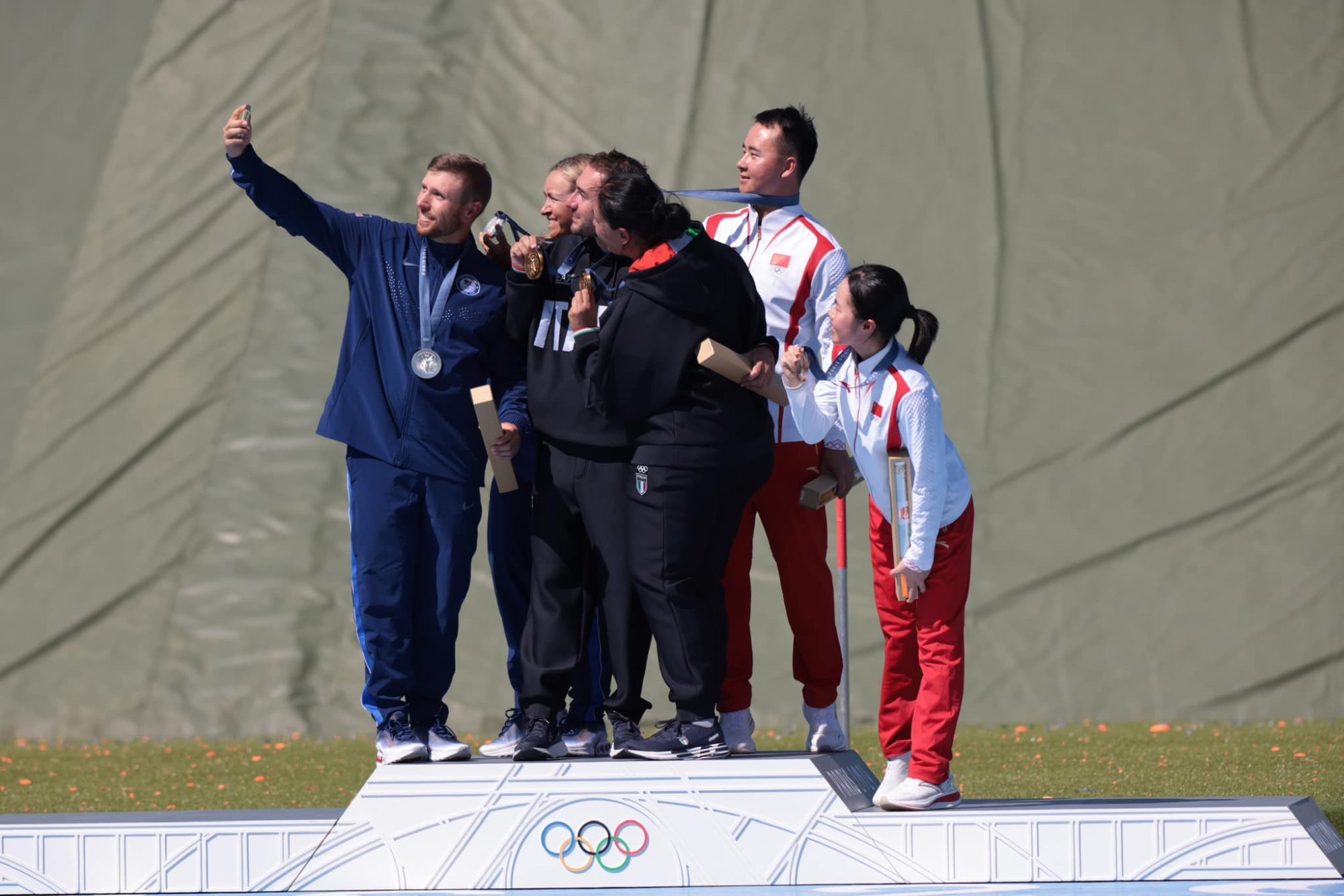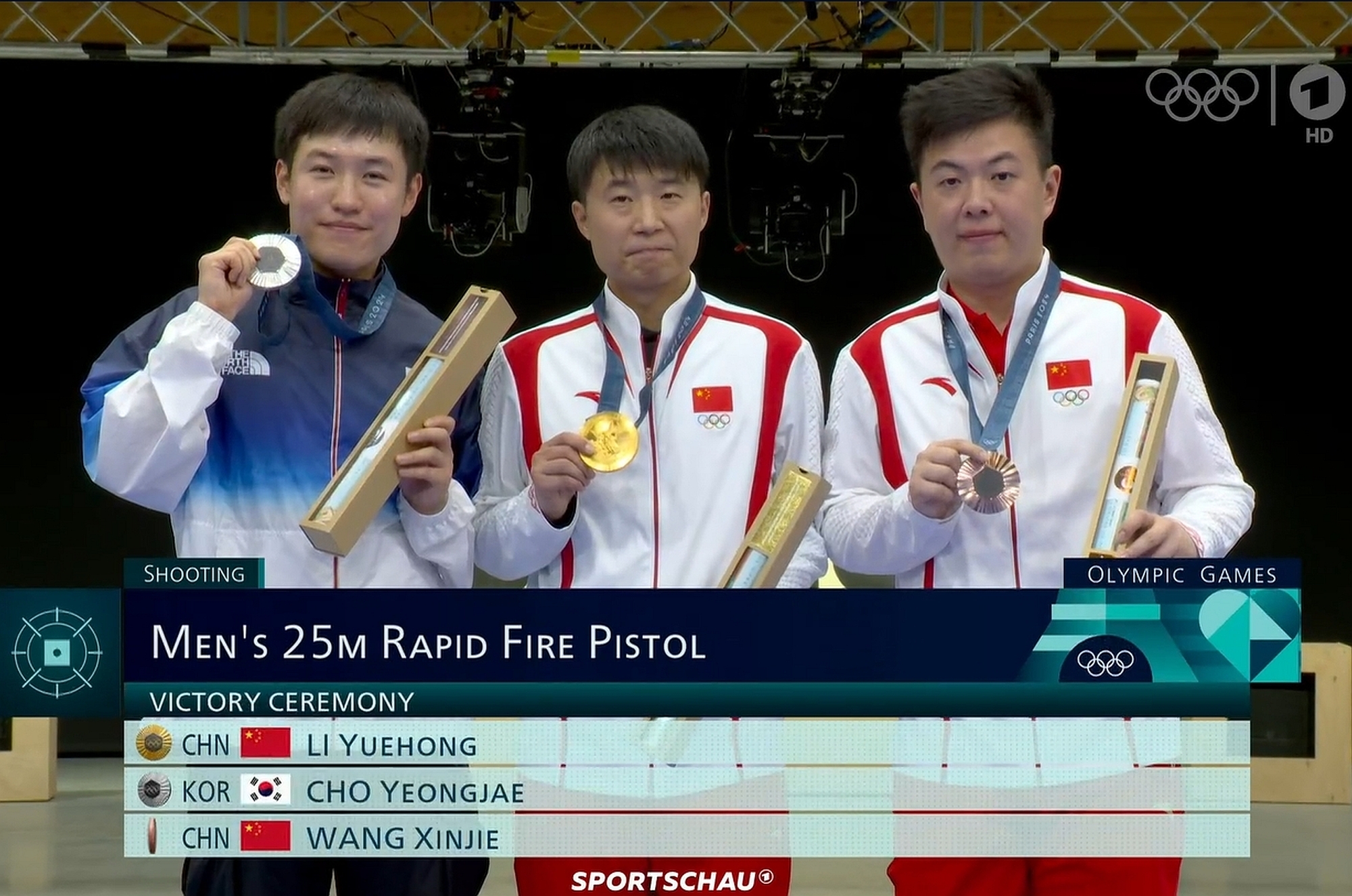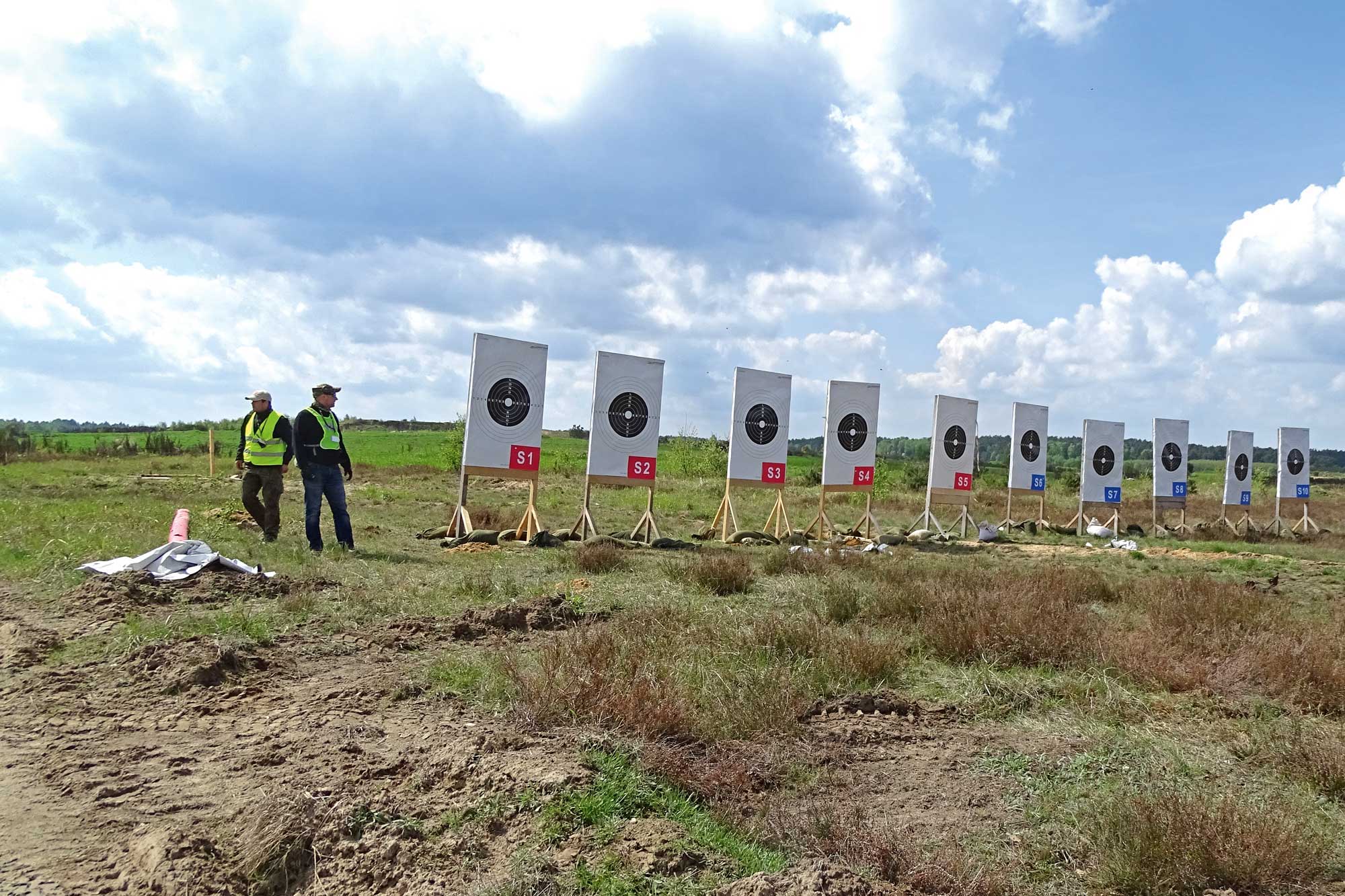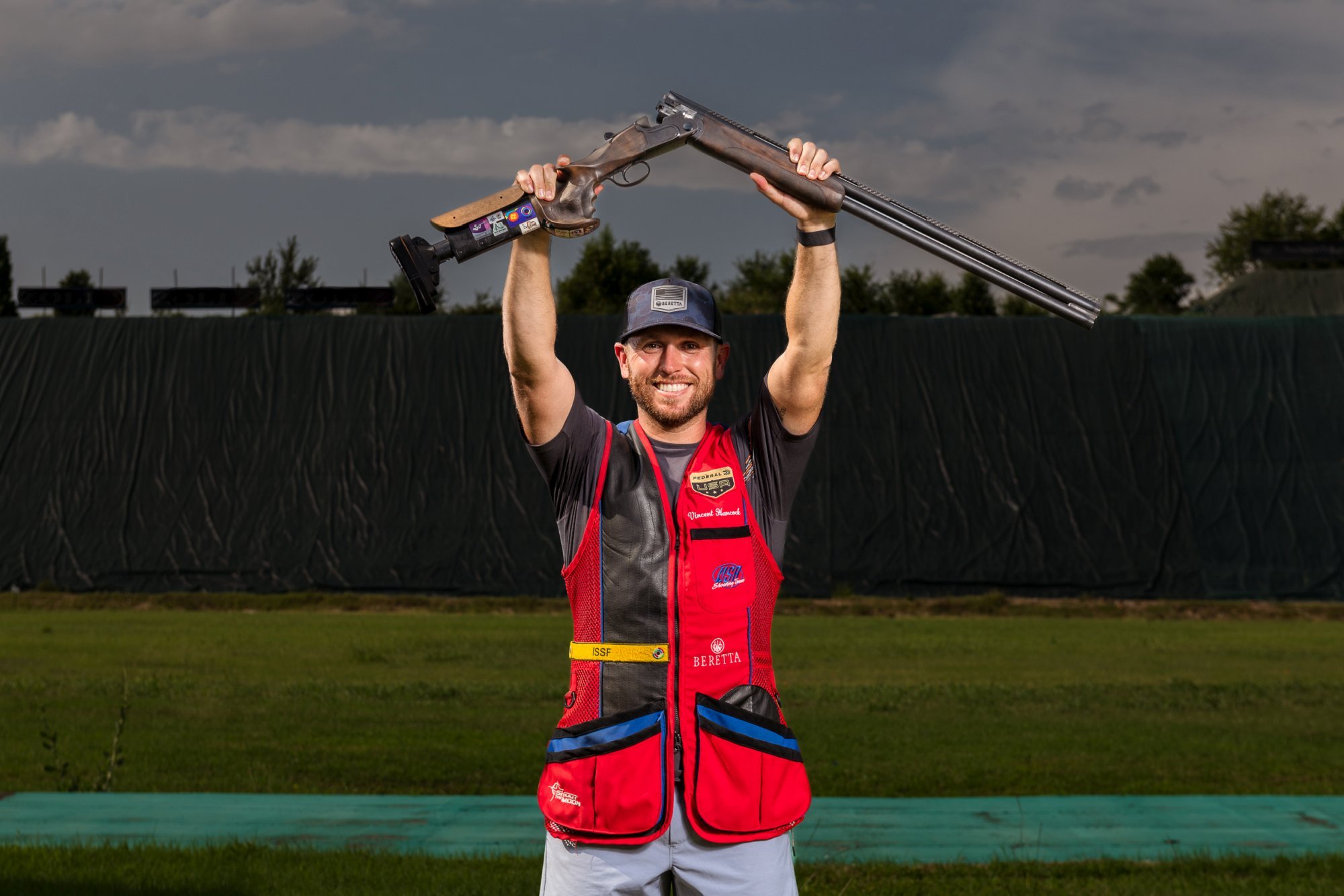The long-brewing crisis of the National Rifle Association of America (NRA) reaches a turning point: on January 5, Executive Vice President Wayne LaPierre announced he is stepping down from his position as chief executive of the NRA from January 31. Long-time NRA executive and Head of General Operations Andrew Arulanandam will become the interim CEO & EVP of the NRA. This happens on the eve of the civil corruption trial that LaPierre will be facing in the next few days in Manhattan.
NRA's official announcement
LaPierre's full announcement published on the NRA website reads as follows:
“With pride in all that we have accomplished, I am announcing my resignation from the NRA. I’ve been a card-carrying member of this organization for most of my adult life, and I will never stop supporting the NRA and its fight to defend Second Amendment freedom. My passion for our cause burns as deeply as ever."
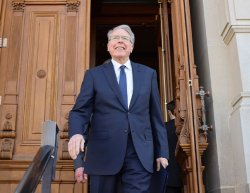
During an NRA Board of Directors meeting today in Irving, Texas, NRA President Charles Cotton reported that he accepted LaPierre’s resignation. According to the NRA, LaPierre cited health reasons as a reason for his decision. The NRA continues its defense of a lawsuit by the New York Attorney General, and LaPierre is an individual defendant in that action. It is well-known that the NYAG vowed to pursue the NRA when she was candidate for her office and, upon being elected, filed a lawsuit to dissolve the Association in August 2020. Trial proceedings in that case begin Monday.
In March 2022, the NRA scored a major legal victory, when a New York court dismissed the NYAG’s claims to dissolve the organization. The court issued an opinion that vindicates the NRA’s position: the NYAG’s effort to shut down the Association ran afoul of common sense, New York law, and the First Amendment. Since then, the NRA maintains that it is committed to good governance. With respect to the NYAG’s allegations, the NRA Board of Directors reports it has undertaken significant efforts to perform a self-evaluation, recommended termination of disgraced “insiders” and vendors who allegedly abused the Association, and accepted reimbursement, with interest, for alleged excess benefit transactions from LaPierre, as reported in public tax filings.
LaPierre said, “I am proud of the NRA’s advocacy in New York and, through it all, determination to defend the Second Amendment. I can assure you the NRA’s mission, programming, and fight for freedom have never been more secure. What makes the NRA unlike any other advocacy organization is the depth and experience of its professional team, the unwavering support of its membe
rs, and its fighting spirit. I have enormous confidence in our board of directors, executive leadership team, and my long-time colleague Andrew Arulanandam. Andrew knows every facet of this organization and has stood shoulder-to-shoulder with me in every arena imaginable. Andrew knows how to help the NRA win – he’s been one of the key authors of our playbook for decades.”
Cotton said, “On behalf of the NRA Board of Directors, I thank Wayne LaPierre for his service. Wayne has done as much to protect Second Amendment freedom as anyone. Wayne is a towering figure in the fight for constitutional freedom, but one of his other talents is equally important: he built an organization that is bigger than him. Under the direction of Andrew Arulanandam, the NRA will continue to thrive – with a renewed energy in our business operations and grassroots advocacy. Our future is bright and secure.”
Our brief comment
EVP and chief executive of the NRA since 1991, while LaPierre, now 74, cites health reasons for his decision, his stepping down can't be considered a surprise and was pretty inevitable: too much power, too much money, for too long. Merits and demerits aside, over the years his figure had become controversial and divisive inside the NRA itself, undermining the organization credibility. Whether this can be an opportunity to revitalize and improve NRA's tarnished image, only time will tell.
About NRA (National Rifle Association) – Defender of Second Amendment rights and major part of the U.S. "Gun Lobby"
George Wingate formed the National Rifle Association in 1871. The primary goal of the association would be to "promote and encourage rifle shooting on a scientific basis," according to a magazine editorial written by Church. After being granted a charter by the state of New York on November 17, 1871, the NRA was founded. Civil War Gen. Ambrose Burnside, who was also the former governor of Rhode Island and a U.S. senator, became the fledgling NRA's first president.
An important facet of the NRA's creation was the development of a practice ground. In 1872, with financial help from New York State, a site on Long Island, the Creed Farm, was purchased for the purpose of building a rifle range. Named Creedmoor, the range opened a year later, and it was there that the first annual matches were held. Political opposition to the promotion of marksmanship in New York forced the NRA to find a new home for its range.
In 1990, NRA made a dramatic move to ensure that the financial support for firearms-related activities would be available now and for future generations. Establishing the NRA Foundation, a 501 (c) (3) tax-exempt organization, provided a means to raise millions of dollars to fund gun safety and educational projects of benefit to the general public. Contributions to the Foundation are tax-deductible and benefit a variety of American constituencies including youth, women, hunters, competitive shooters, gun collectors, law enforcement agents and persons with physical disabilities.
While widely recognized today as a major political force and as America's foremost defender of Second Amendment rights, the NRA has, since its inception, been the premier firearms education organization in the world. But its successes would not be possible without the tireless efforts and countless hours of service its nearly five million members have given to champion Second Amendment rights and support NRA programs.



